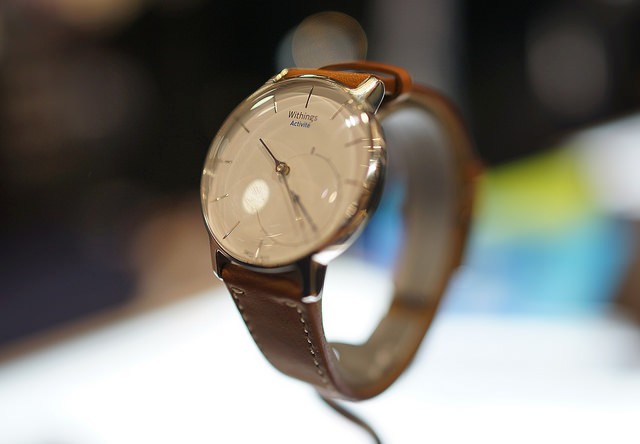Recently, Nokia released an animation on official Twitter and Facebook, containing the slogan "Something is Coming" and the beating heart rate map. This move has led the industry to speculate that Nokia will release new products, and the products are related to heart rate monitoring equipment or fitness equipment with this function.
Nokia is the king of the functional machine era, but with Apple, Samsung and a domestic mobile phone manufacturer on the smartphone market stage, Nokia, which is "unresponsive", is being squeezed out. In order to save himself, Nokia sold its mobile phone business to Microsoft in an attempt to borrow Microsoft's Windows Phone mobile phone to compete with Apple and Samsung for the right to speak, but the effect was not good.
Losing the smartphone market, Nokia borrows wearable medicine to break through
The industry is pessimistic. In 2016, global WP handsets (mostly smartphones produced by Nokia and Microsoft) may only sell 7.2 million units, accounting for only 0.5% of the global smartphone market.
The WP system has a late development time, the function is not perfect, and the application market is not rich. Under the above factors, the sales of WP mobile phones are not warm, and the “presence†in the smart phone market is extremely low.
"One trick is not very good," Nokia is "all in the mobile phone market", this situation is embarrassing. However, the old giants did not end there. After losing the smartphone market, Nokia aimed at the wearable medical market.
In June 2016, the media reported that Nokia officially acquired wearable device maker Withings for 170 million euros, and Nokia will take over the medical technology business of Withings.
Withings is a French company specializing in smart connected products. The business mainly includes medical and wearable devices. The products developed include smart human scales, motion tracking watches, smart thermometers and bed sensors.

▲ Activité smart watch with Withings
Recently, Withings has made a significant contribution to the field of medical wearable devices. Its Activité watch has the function of detecting the state of sleep movement, which also indicates Nokia's determination to enter the wearable medical market.
Medical into a wearable device, Nokia has an odds
With the continuous emergence of IoT technology, wearable devices are emerging around the world and are seen as the next technological highlights that can replace smartphones.
According to the research institute's data, in 2016, the global wearable device market will reach 274.6 million units, an increase of 18.4% year-on-year, and the market revenue will reach US$28.7 billion, showing a steady growth trend.
The industry believes that with the continuous improvement of people's living standards and increasing attention to health issues, medical care will become the most promising application area in the wearable device market.
From the perspective of product functions, currently wearable devices already have functions such as health monitoring and medical treatment. However, these products are not qualified medical wearable devices, because they also face serious problems of homogenization, high product prices, and inaccurate test results.
The wearable medical device market "calls" manufacturers that are more professional and have experience in hardware manufacturing and can control costs. After Nokia acquired the Withings company, its Medical Equipment was short-stacked, coupled with the original hardware manufacturing advantages, its entry into the wearable medical device market has a chance of winning.
Stenosis Ureteral Stent,Ureteral Stent,Urethral Catheter,double j catheter
Anesthesia Medical Co., Ltd. , https://www.honestymed.com